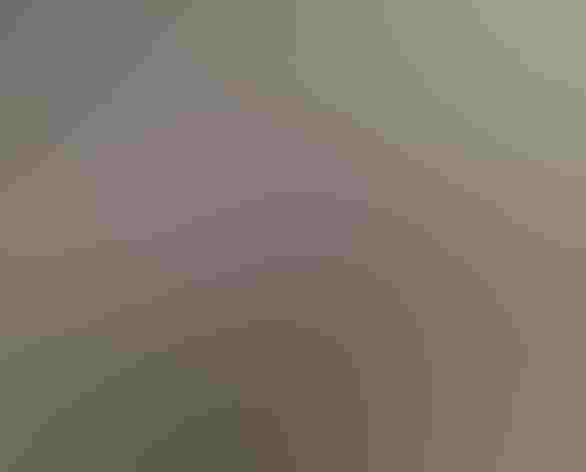Mexican Chickadee
At a Glance
The southernmost of the chickadees, this bird is common in mountain forests over much of Mexico. It barely enters our area, crossing the border only to the Chiricahua Mountains of Arizona and the Animas Mountains of New Mexico. Most birders encounter it in the Chiricahuas, where it ranges through the Douglas-firs at high elevations. In late summer, after nesting, Mexican Chickadees join mixed flocks with various warblers and other birds.
All bird guide text and rangemaps adapted from by Kenn Kaufman© 1996, used by permission of Houghton Mifflin Harcourt Publishing Company. All rights reserved.
Category
Chickadees and Titmice, Perching Birds
IUCN Status
Least Concern
Habitat
Arroyos and Canyons, Forests and Woodlands
Region
Southwest
Behavior
Direct Flight, Flitter, Rapid Wingbeats
Population
2.000.000
Range & Identification
Migration & Range Maps
Mostly a permanent resident. In Chiricahua Mountains, Arizona, some birds move down into lower canyons in winter.
Description
5" (13 cm). Most easily known by range, as it is the only chickadee in the Chiricahuas and adjacent lower mountains. (Elsewhere in the southwest, it is replaced by Mountain Chickadee.) Note the large black bib, extensive gray wash on sides.
Size
About the size of a Sparrow
Color
Black, Gray, White
Wing Shape
Rounded
Tail Shape
Notched, Rounded, Square-tipped
Songs and Calls
A husky chick-a-dee-dee-dee, huskier and lazier than that of the Mountain Chickadee.
Call Pattern
Complex, Falling, Flat
Call Type
Buzz, Chirp/Chip, Trill, Whistle
Habitat
Conifers in mountains. In limited range in United States, breeds in mountains in open ponderosa pine forest and in higher, denser forests of spruce and Douglas-fir. May range down into pine-oak forest and sycamore groves in winter. Farther south, in Mexico, lives in various habitats from high mountain fir forest down into oak woodlands.
Sign up for ÃÛèÖAPP's newsletter to learn more about birds like the Mexican Chickadee
Behavior
Eggs
5-9. White, with reddish brown dots concentrated at larger end. Incubation is by female only, incubation period not well known. Female may cover eggs with nest material when leaving nest. Male feeds female during incubation period.
Young
Female broods young at first, while male brings most food; later, both parents feed young. Adult may sweep outside of nest entrance with crushed beetles; chemicals from these insects may help repel predators. Age of young when leaving nest not well known.
Feeding Behavior
Forages mostly by hopping among twigs and branches and gleaning food from surface, often hanging upside down to reach underside of branches. Sometimes takes food while hovering, and occasionally catches flying insects in mid-air. May hammer on galls with bill to break them open and pull out insect larvae. Unlike many chickadees, not known to store food.
Diet
Mostly insects, probably some seeds. Diet is not well known, but probably consists mostly of insects, including caterpillars, beetles, and others. Probably also eats seeds.
Nesting
Breeding behavior is not well known. Nest site is in hole in tree, usually 10-40' above ground, sometimes higher; can be just a few inches up in stumps. Adults may enlarge natural cavity, but details poorly known. Also will use nest boxes. Nest (apparently built by female) has foundation of bark fibers and moss, lining of soft moss, animal hair.
Conservation
Conservation Status
Numbers probably stable in limited range in United States. May be vulnerable to loss of habitat in Mexico.


